Food
Frank P. Reese, light-bulb eater
When they say that the food in prison is awful, I guess that depends on what you like to eat.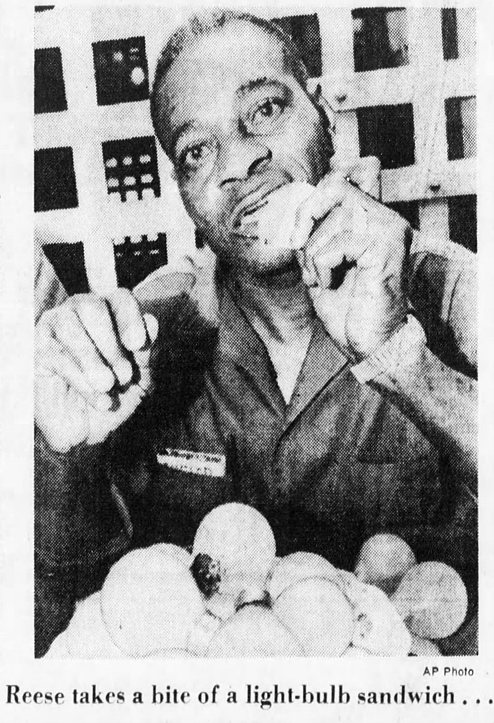
Detroit Free Press - Mar 26, 1972
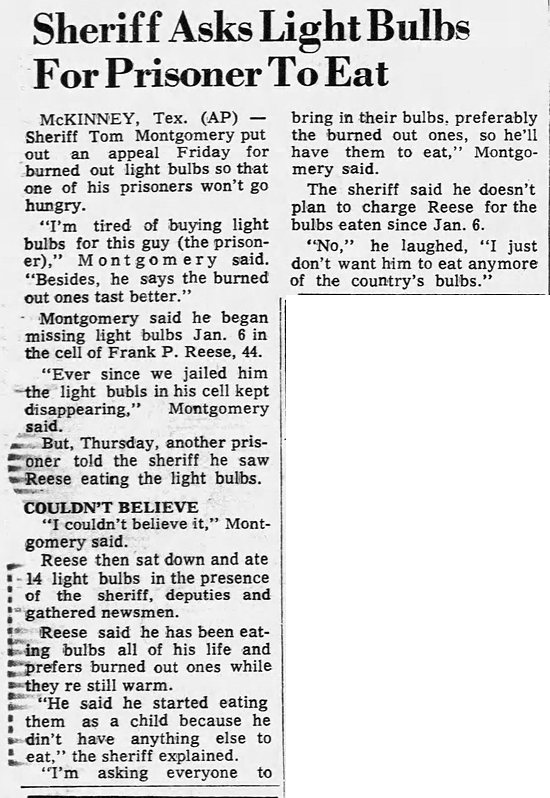
El Paso Times - Mar 25, 1972
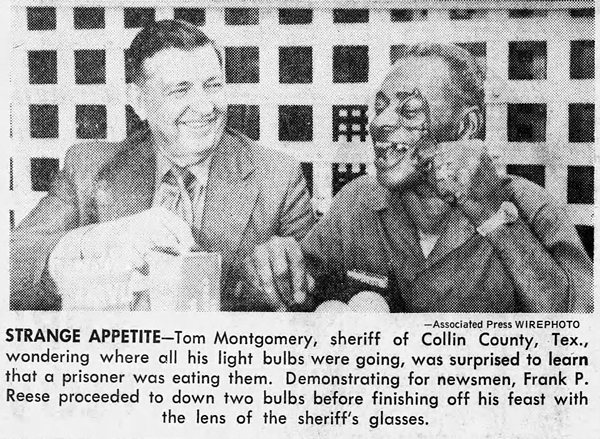
Binghamton Press and Sun-Bulletin - Mar 25, 1972
Posted By: Alex - Sun Mar 06, 2022 -
Comments (2)
Category: Food, Prisons, 1970s
Potato Perfume
Created as a gimmick by the Idaho Potato Commission. Already out of stock.More info: Idaho Potato Commission, Instagram, upi.com


Posted By: Alex - Wed Feb 16, 2022 -
Comments (5)
Category: Food, Perfume and Cologne and Other Scents
The Contents of an Ostrich’s Stomach
Frederick William Bond took the photo below at the London Zoo showing the items found in an ostrich's stomach following an autopsy: a lace handkerchief, a buttoned glove, a length of rope, a plain handkerchief, copper coins, metal tacks, staples, hooks, and a four-inch nail. The nail had killed it.The photo is undated, but I'm guessing it was taken sometime in the 1930s. (Update: the Flickr source says it was taken circa 1930.)
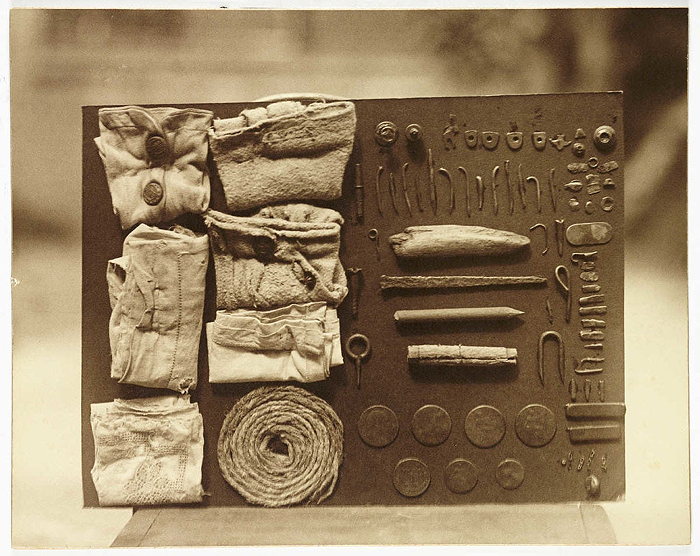
Image source: National Science and Media Museum on Flickr
Along similar lines is this story from 1972 about items found in the stomach of an ostrich at a private French zoo: coins, telephone tokens, and stones. What wasn't found was the diamond watch it had snatched off a spectator the previous year.
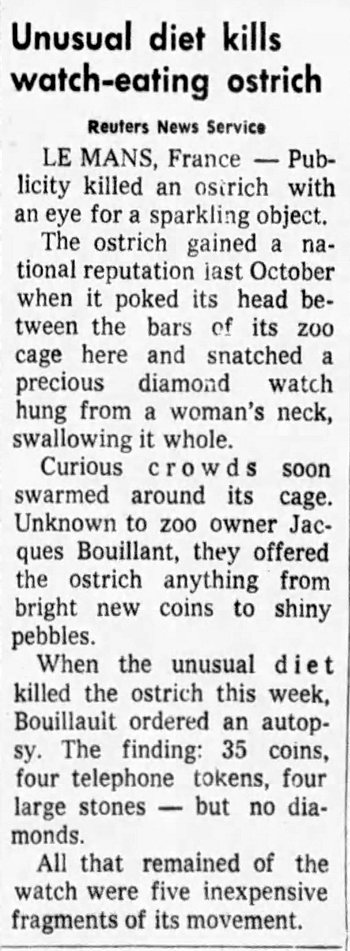
Miami News - Jun 12, 1972
Posted By: Alex - Sat Feb 12, 2022 -
Comments (2)
Category: Animals, Food, Stomach
Ellen Harkonen, Potato Queen of 1936
Source: Keansburg News (Keansburg, New Jersey) 31 Dec 1936, Thu Page 4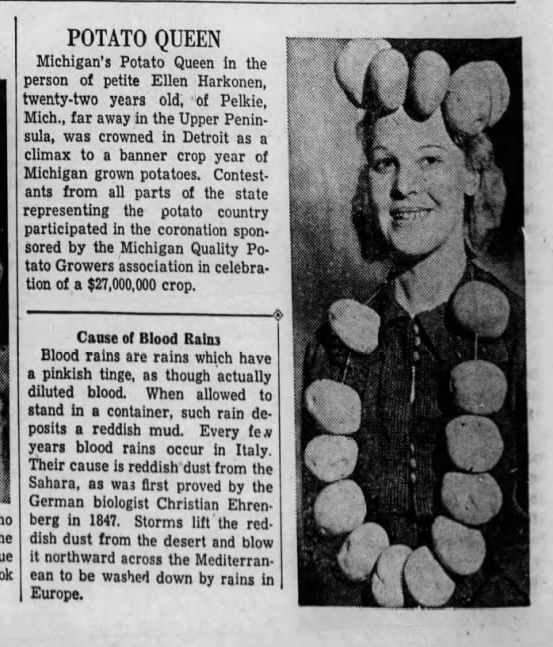
Posted By: Paul - Thu Feb 10, 2022 -
Comments (2)
Category: Agriculture, Awards, Prizes, Competitions and Contests, Beauty, Ugliness and Other Aesthetic Issues, Food, 1930s
Unlikely Reasons for Murder No. 7
Full article here.
Posted By: Paul - Sun Feb 06, 2022 -
Comments (0)
Category: Death, Food, Motor Vehicles, Twenty-first Century
Cooking for Witches
Read it here. Samples below.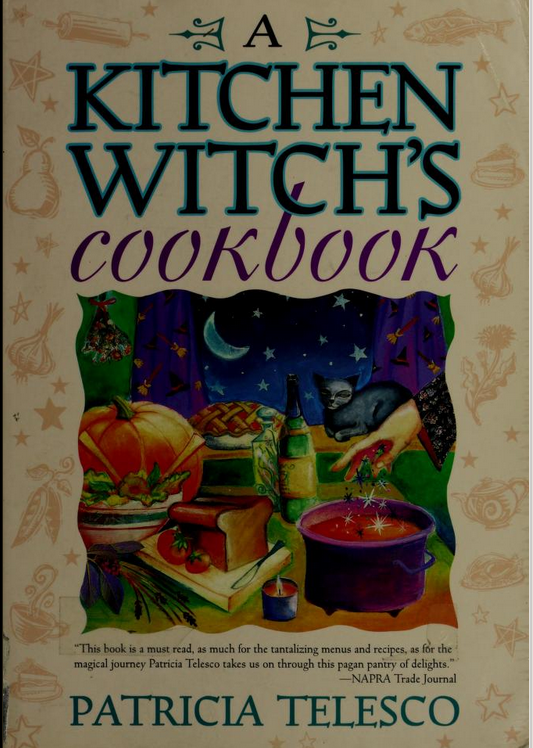
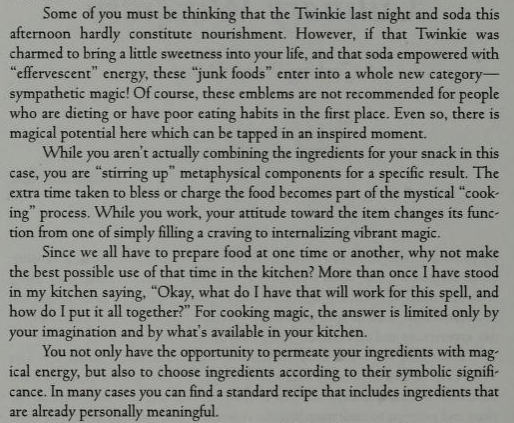
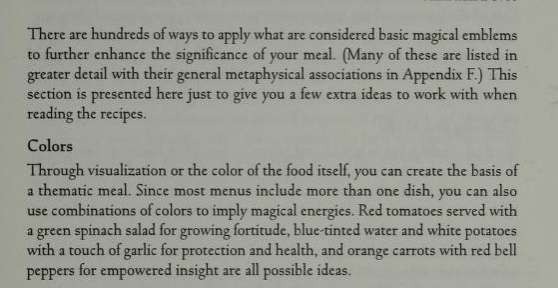
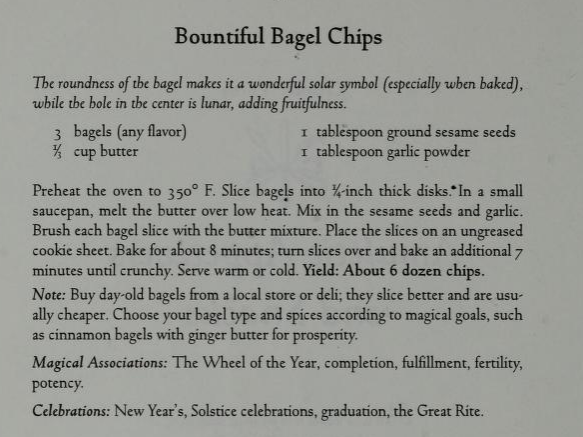
Posted By: Paul - Thu Feb 03, 2022 -
Comments (2)
Category: Domestic, Food, Cookbooks, Supernatural, Occult, Paranormal
Sheep-Face Pizza
Worst pizza ever?It was on the menu of an Icelandic pizzeria in honor of "farmer's day" (Jan 21). More info: grapevine.is
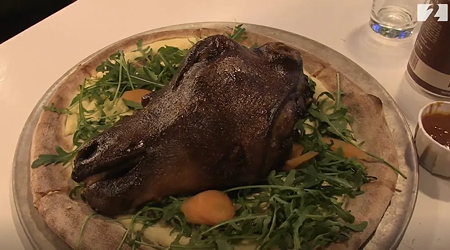
Posted By: Alex - Thu Jan 27, 2022 -
Comments (2)
Category: Food, Junk Food
Taste-O-Vision
A Japanese researcher, Homei Miyashita, has created a screen that, when licked, imparts the flavors of food. From Reuters:Miyashita explains that he "hopes to make a platform where tastes from around the world can be downloaded and enjoyed by users, much like music is now."

Posted By: Alex - Fri Jan 14, 2022 -
Comments (3)
Category: Food, Inventions, Technology
Formaldehyde Hunger
According to medical student lore, the smell of formaldehyde while dissecting bodies stimulates the appetite. This phenomenon is known as 'formaldehyde hunger'.It was mentioned in a 2020 article by Amalia Namath in the Georgetown Medical Review, and that's the earliest reference to it I've been able to find:
An article on mashed.com disputes the reality of the phenomenon, noting, "there is some self-reported evidence of formaldehyde actually having the opposite effect — constricting hunger, rather than inducing it."
My guess is that med students just naturally build up an appetite during the long hours they're dissecting a cadaver. After all, they're presumably not snacking while they're doing this. The formaldehyde has nothing to do with their hunger. But it makes a better story to attribute their food cravings to the formaldehyde.
Posted By: Alex - Sun Jan 09, 2022 -
Comments (1)
Category: Food, Science, Fables, Myths, Urban Legends, Rumors, Water-Cooler Lore
Cemetery Honey
You can buy it, in person, at Forest Home Cemetery. Or you can purchase it online from Fairy Garden Hives. For an extra $12 you can get the "Friday the 13th Limited Edition" cemetery honey.

Posted By: Alex - Sat Jan 08, 2022 -
Comments (3)
Category: Death, Food

| Who We Are |
|---|
| Alex Boese Alex is the creator and curator of the Museum of Hoaxes. He's also the author of various weird, non-fiction, science-themed books such as Elephants on Acid and Psychedelic Apes. Paul Di Filippo Paul has been paid to put weird ideas into fictional form for over thirty years, in his career as a noted science fiction writer. He has recently begun blogging on many curious topics with three fellow writers at The Inferior 4+1. Contact Us |




